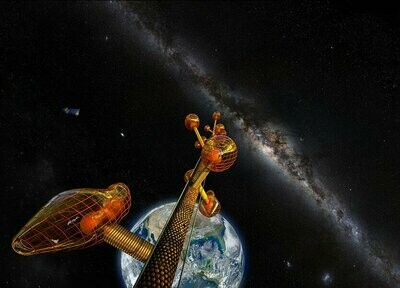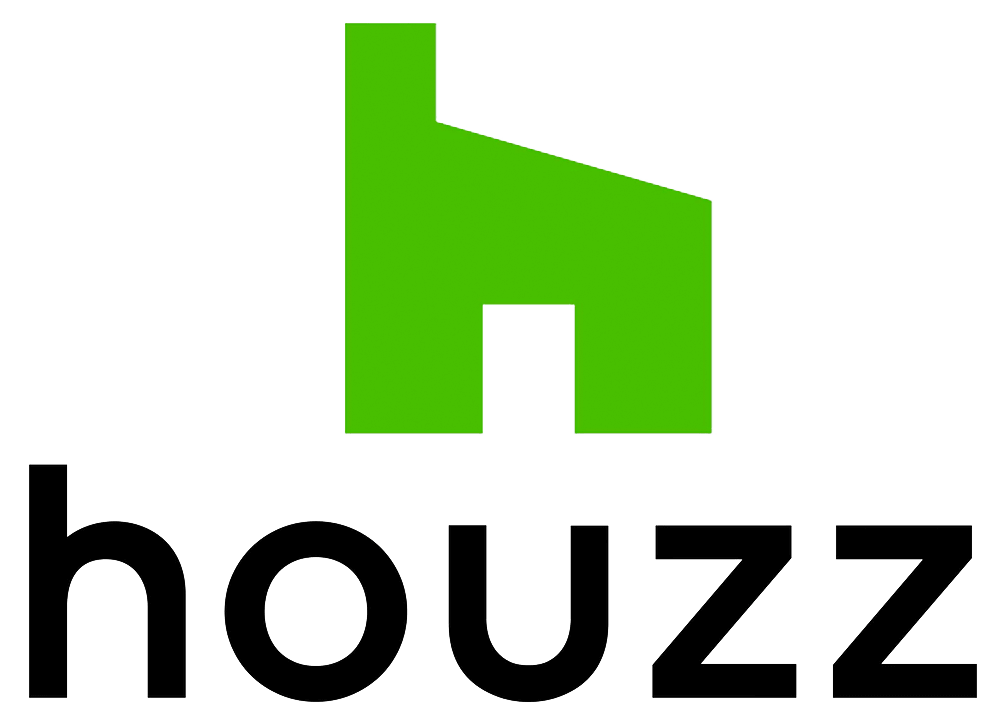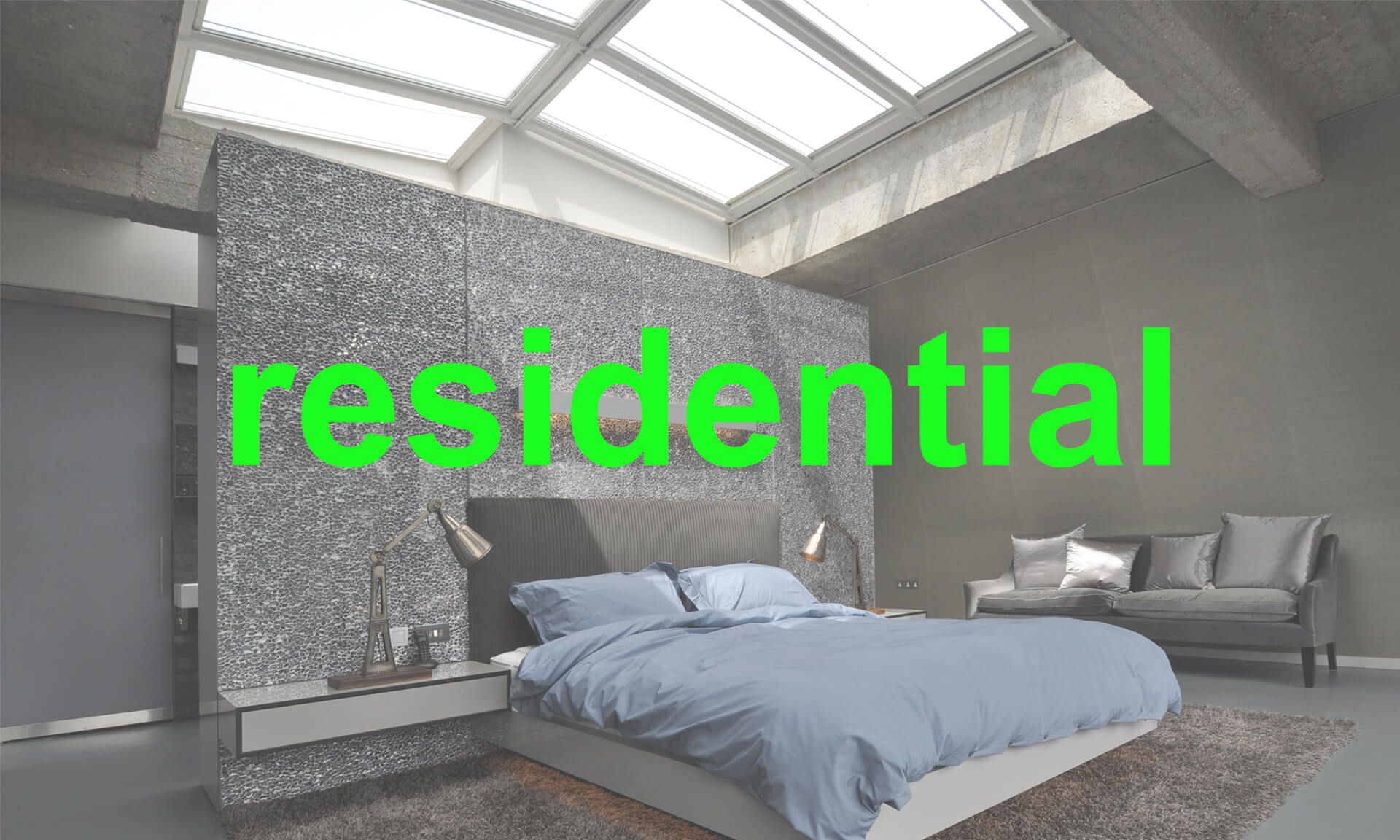
residential
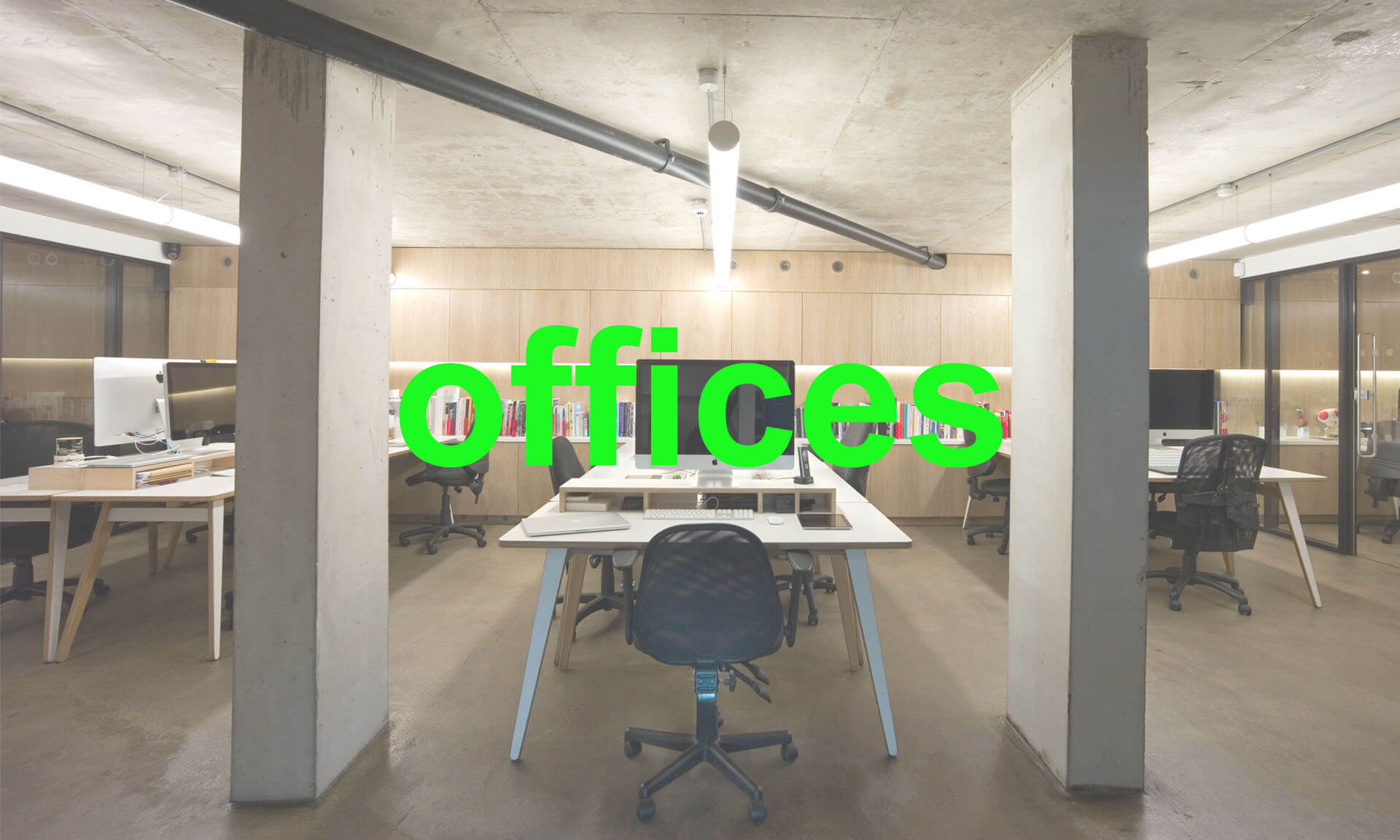
offices
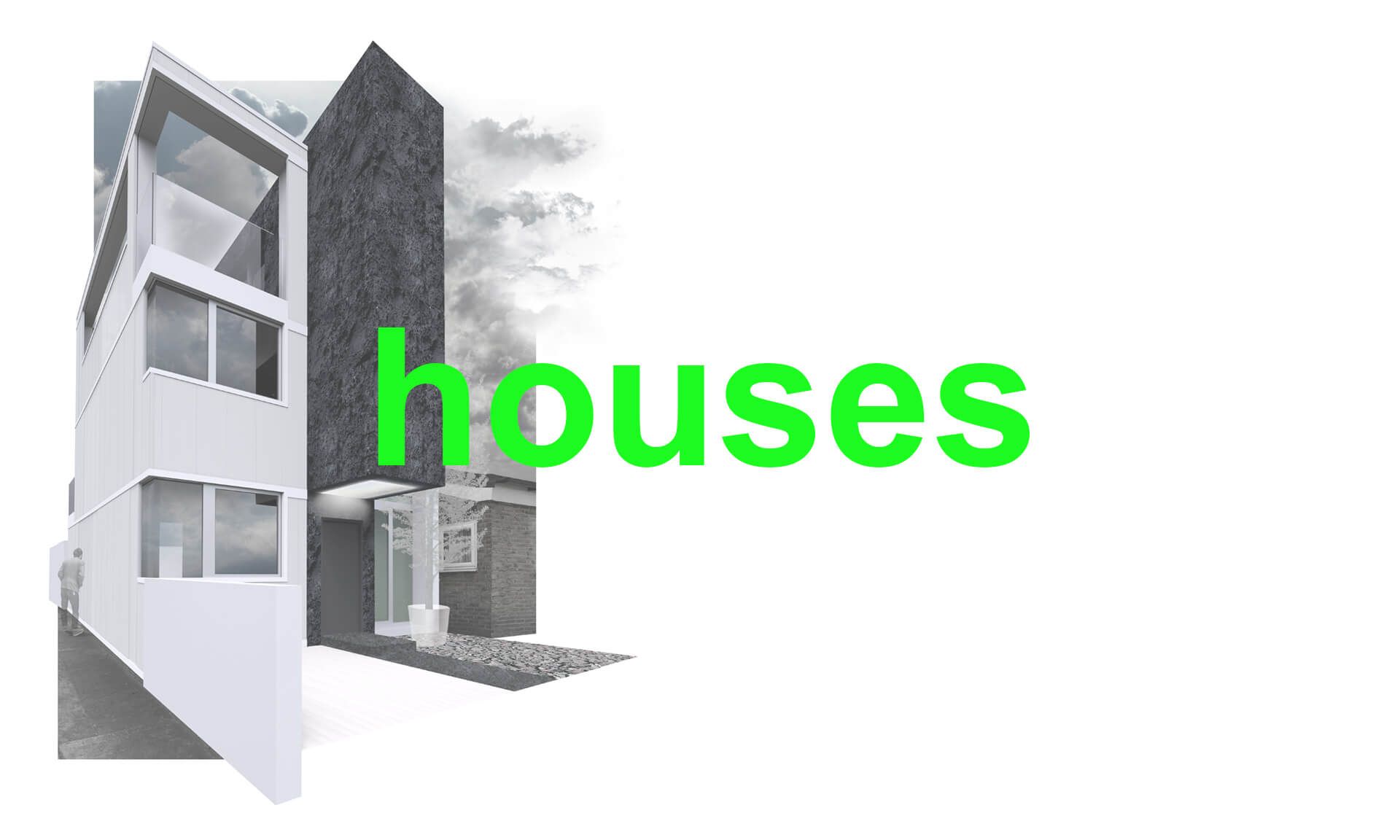
houses
Write your caption hereButton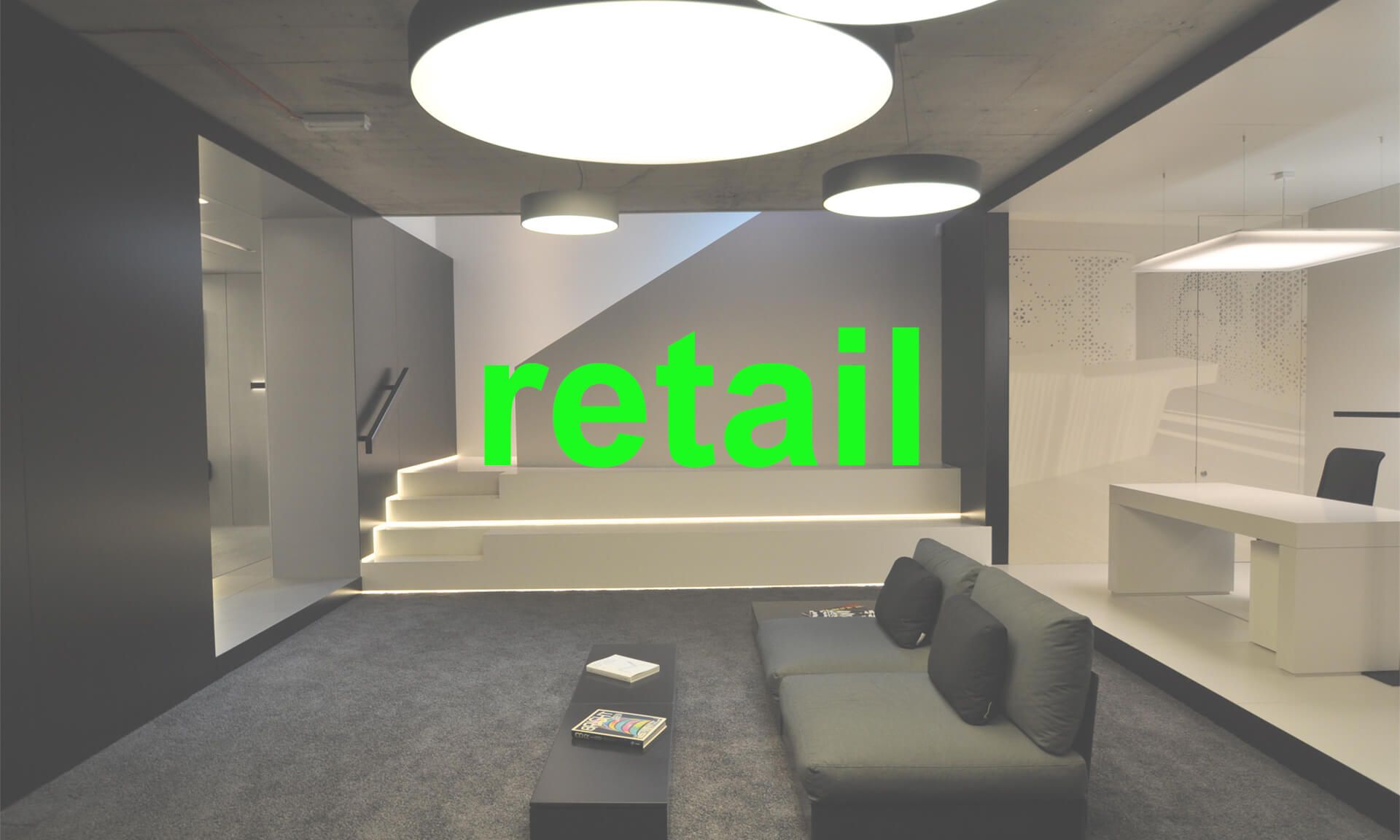
retail
Write your caption hereButton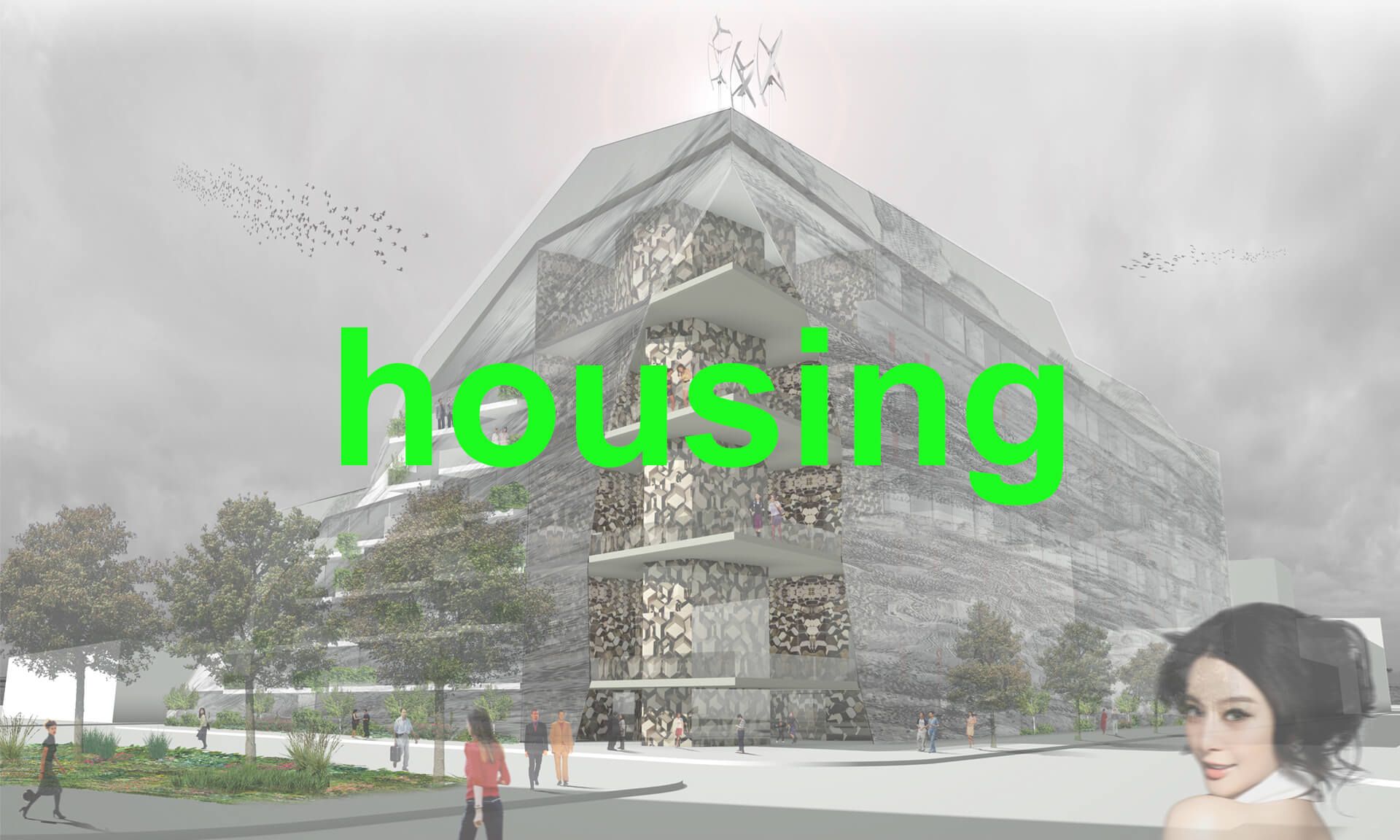
housing
Write your caption hereButton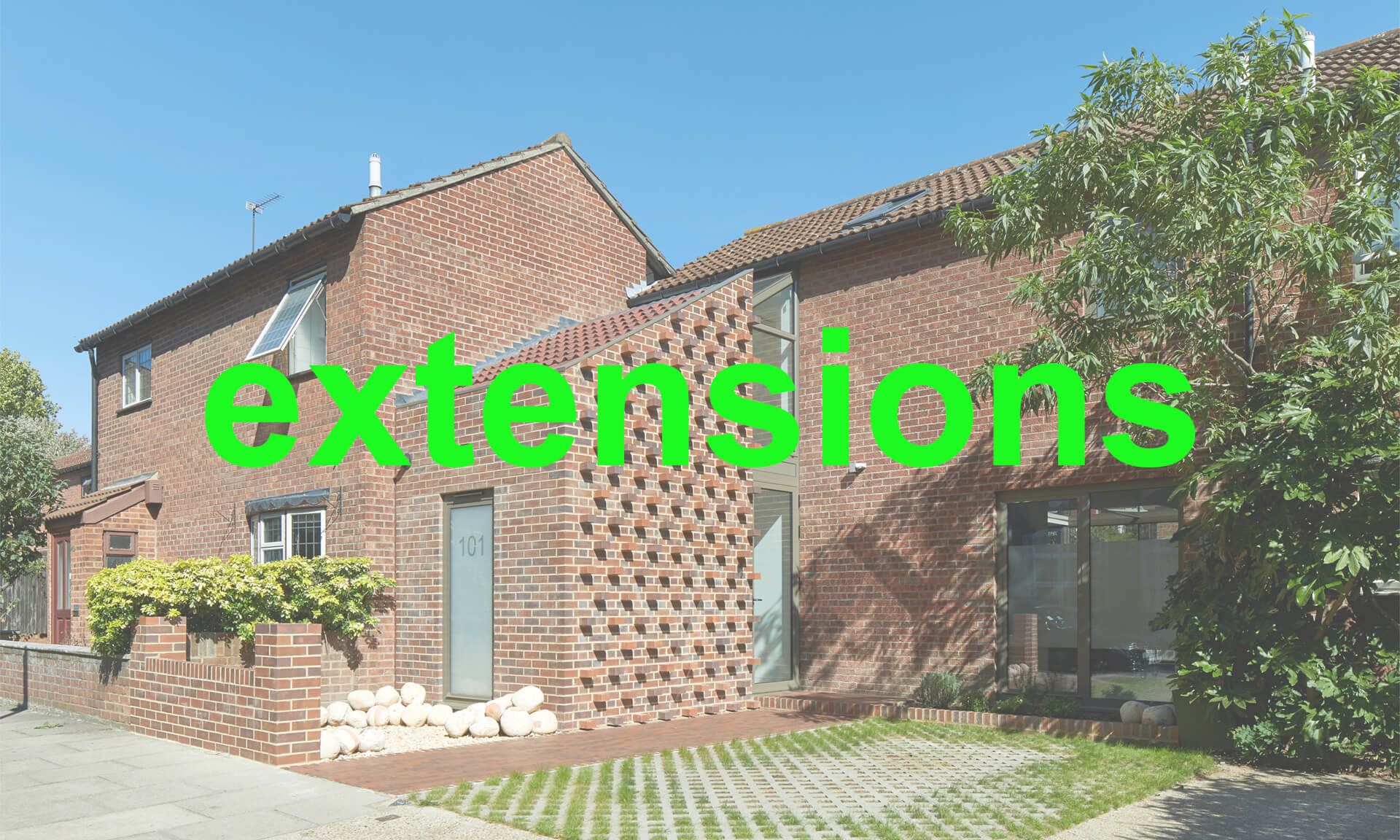
extensions
Write your caption hereButton
conversion
Write your caption hereButton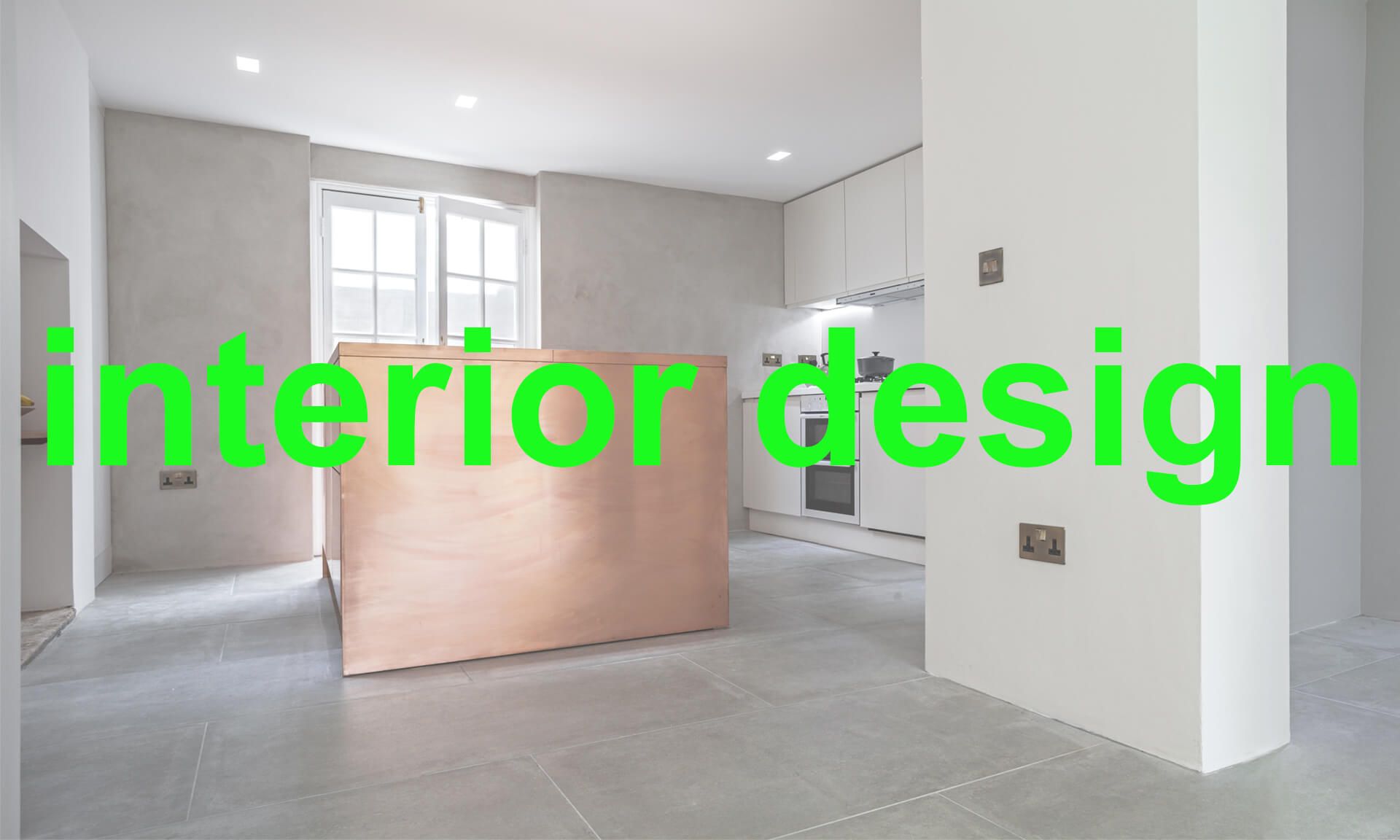
interior design
Write your caption hereButton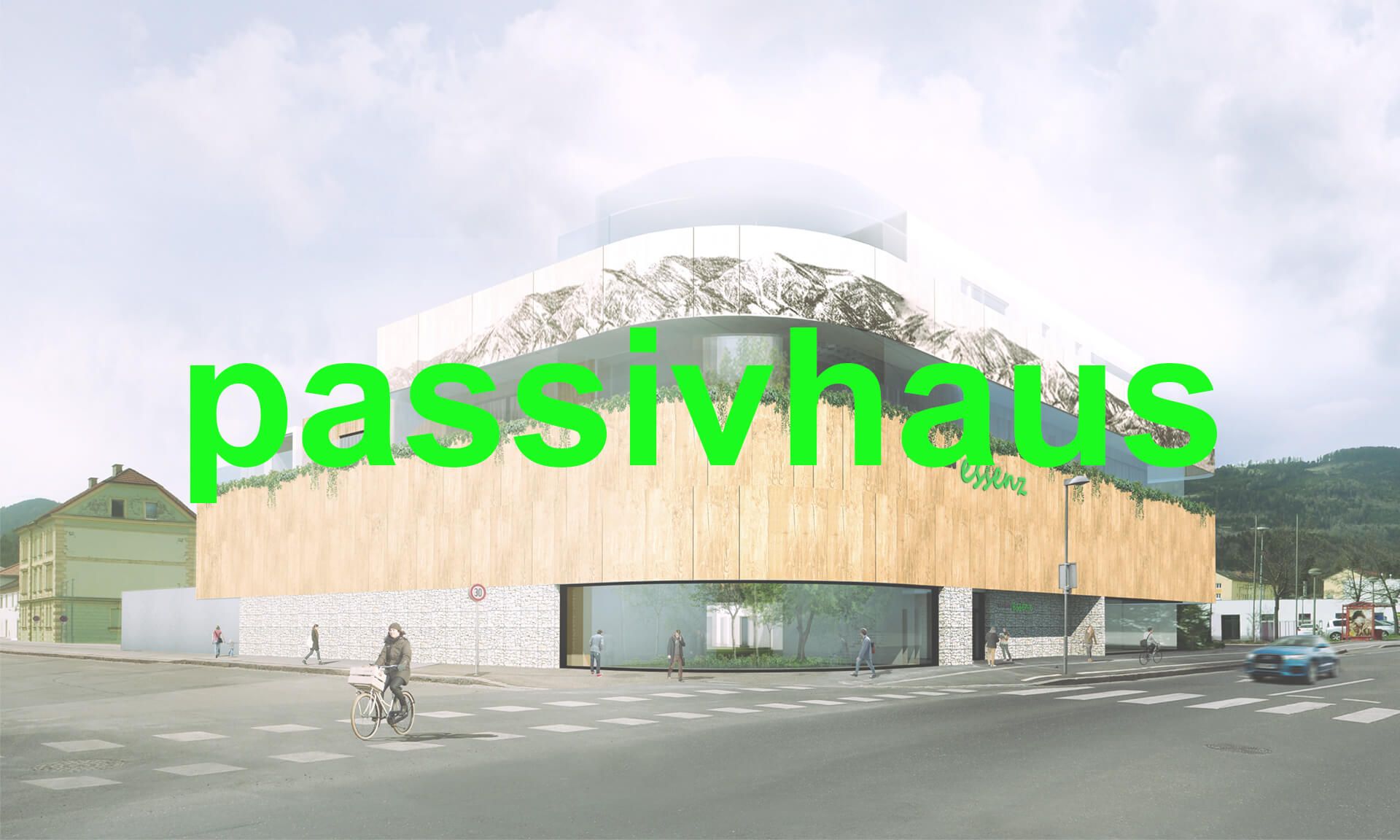
passivehaus
Write your caption hereButton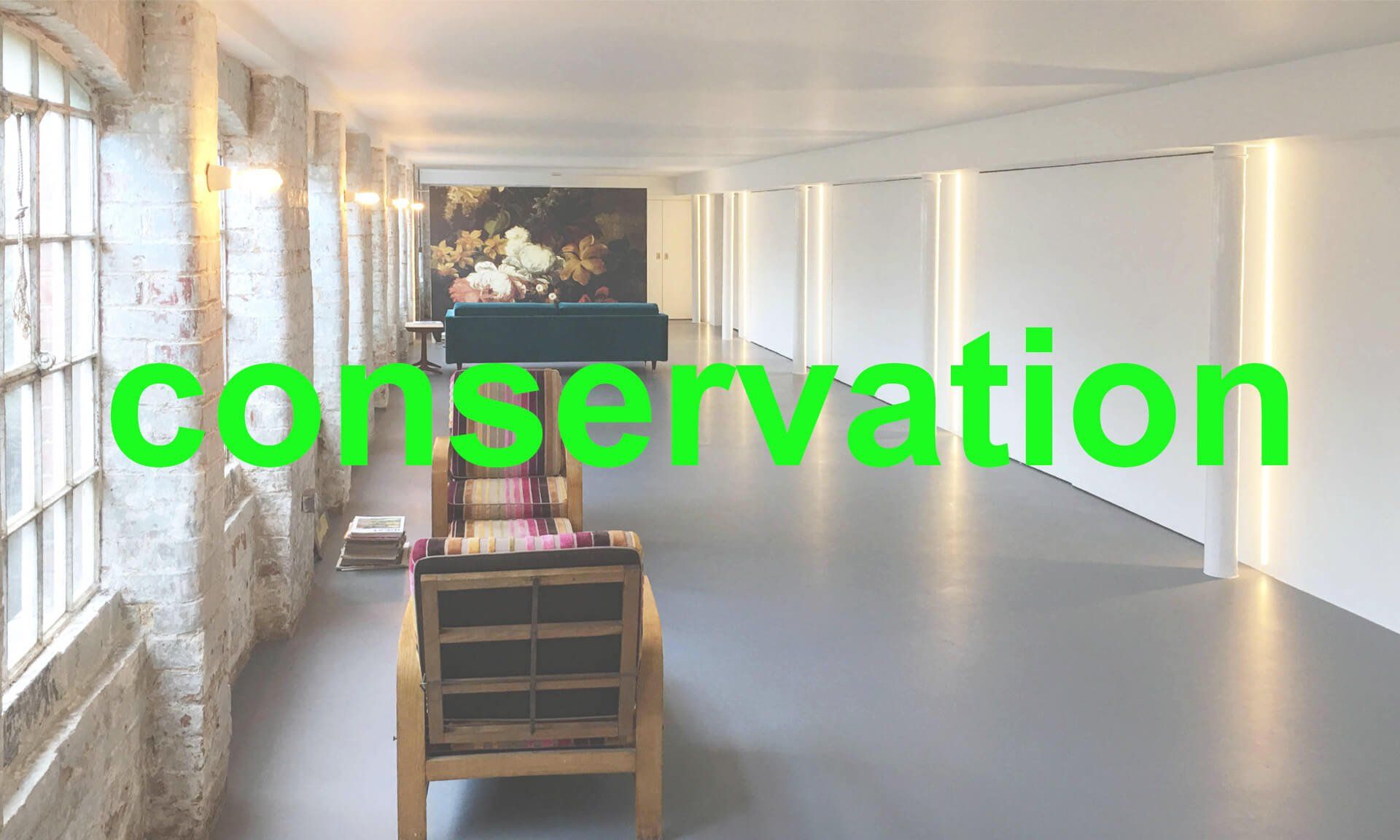
reservation
Write your caption hereButton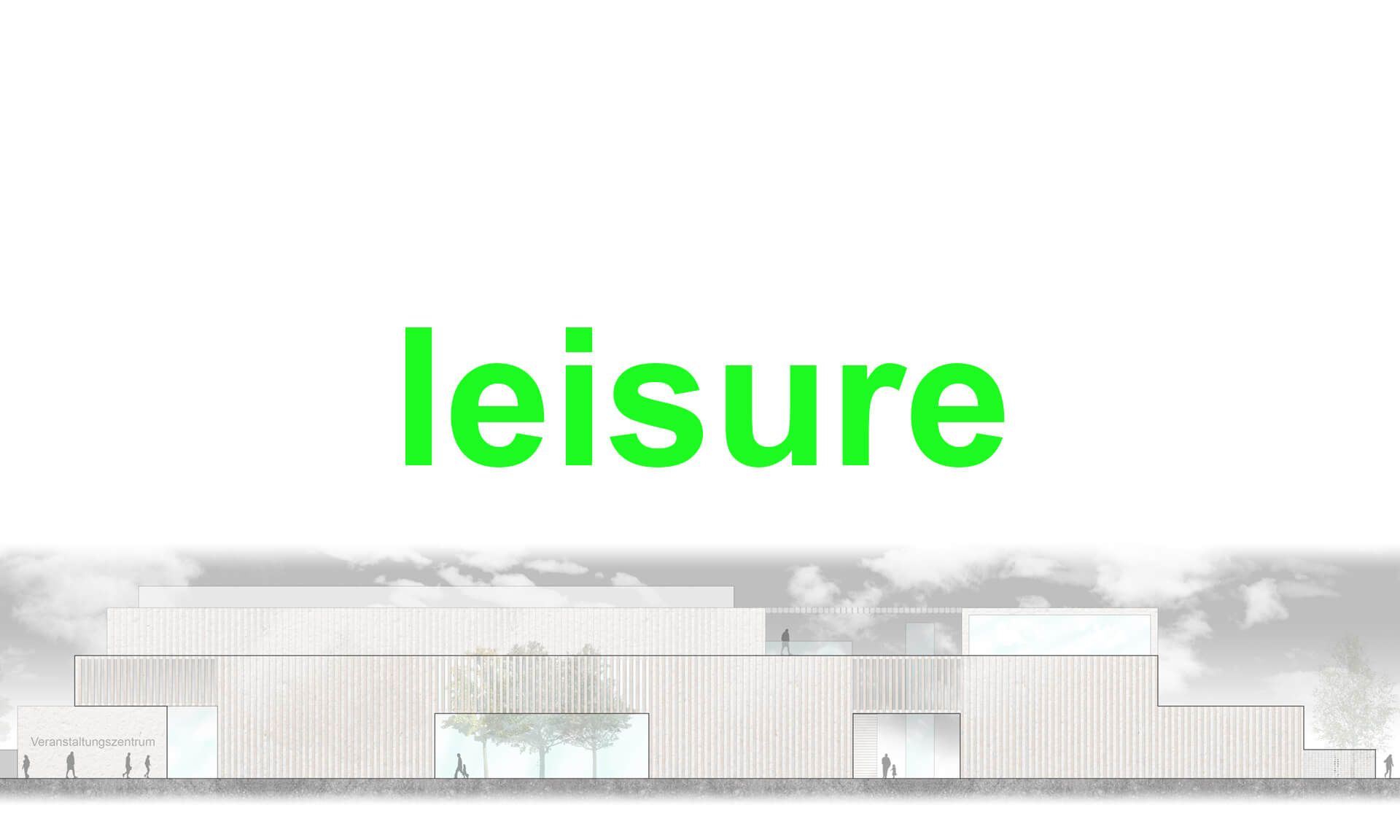
leisure
Write your caption hereButton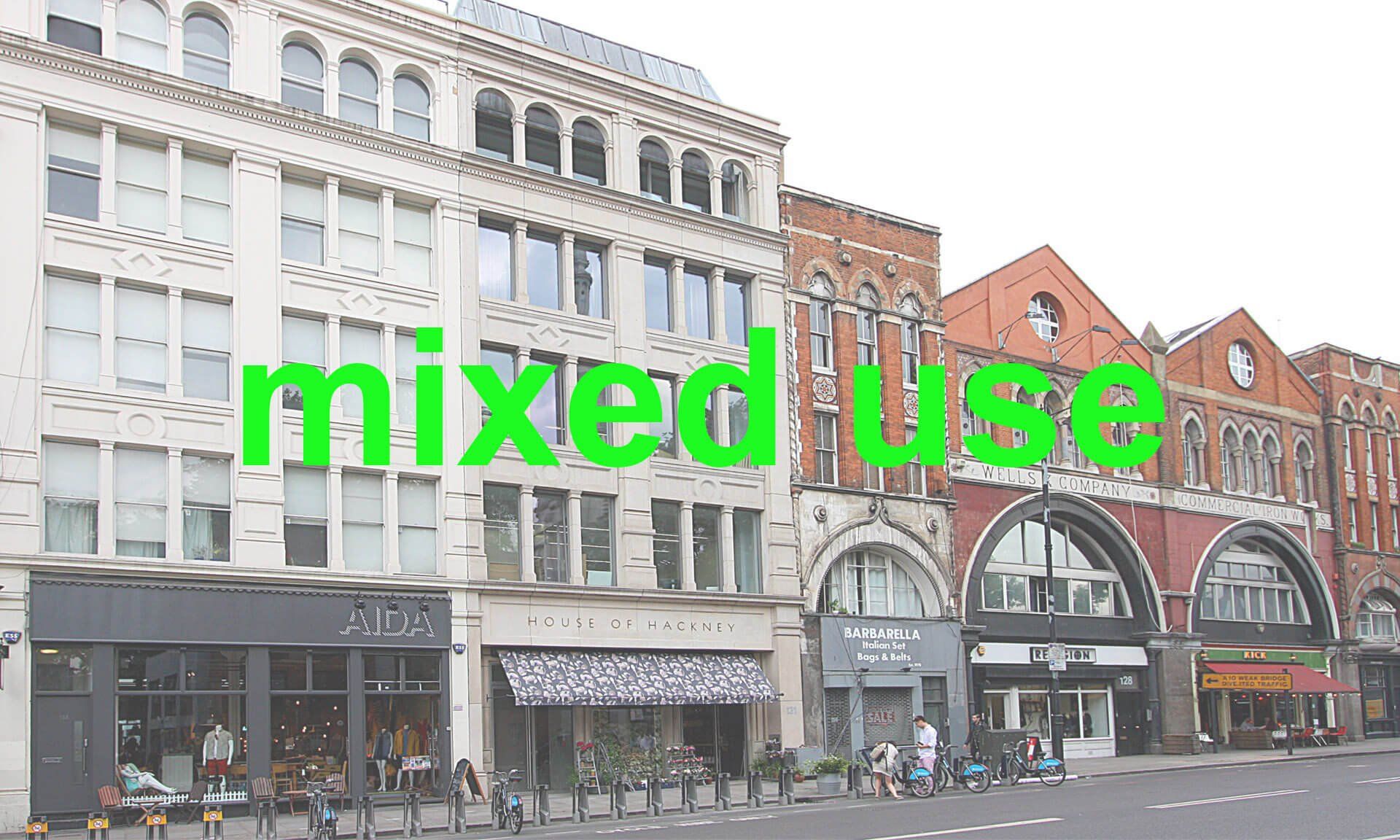
mixed use
Write your caption hereButton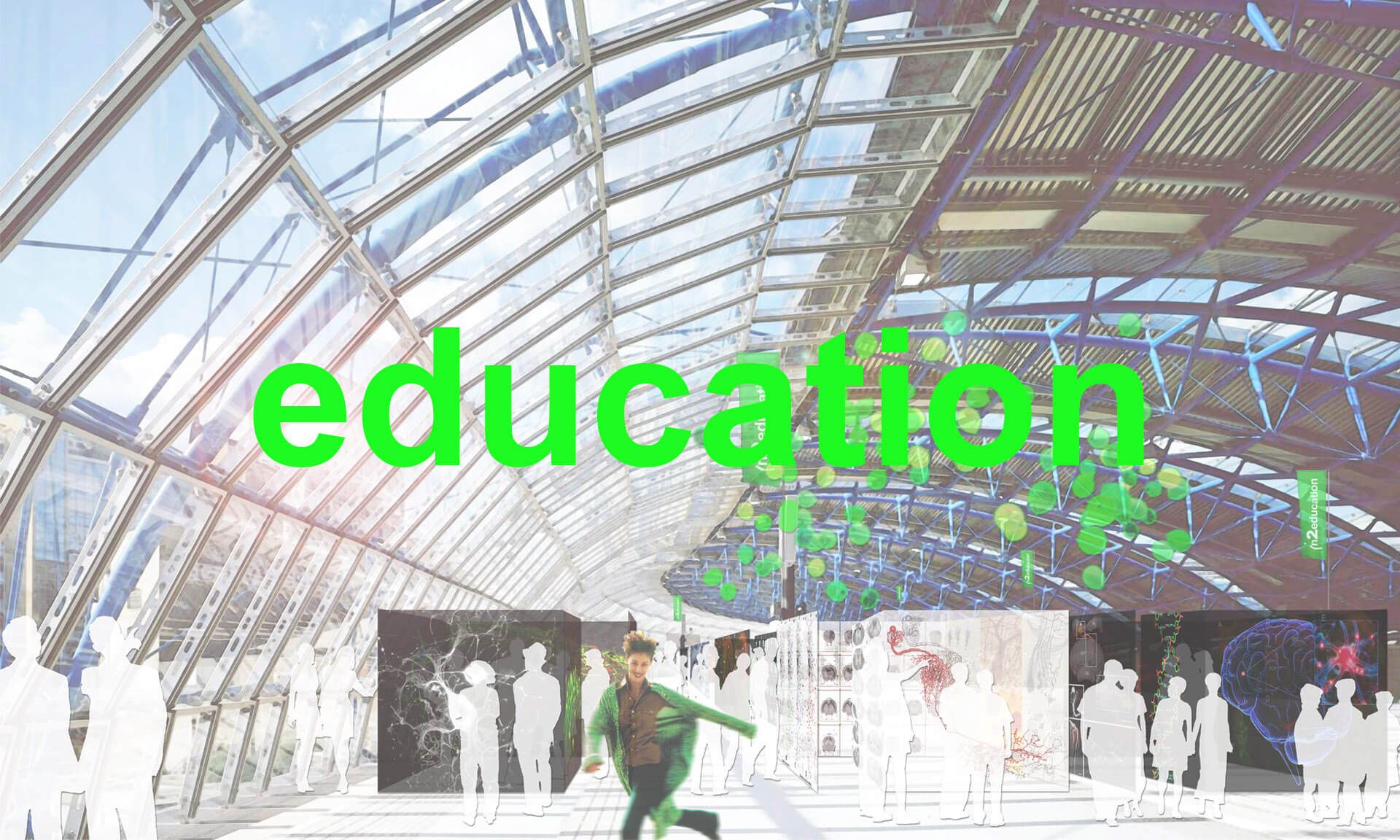
education
Write your caption hereButton
master planner
Write your caption hereButton
landscaping
Write your caption hereButton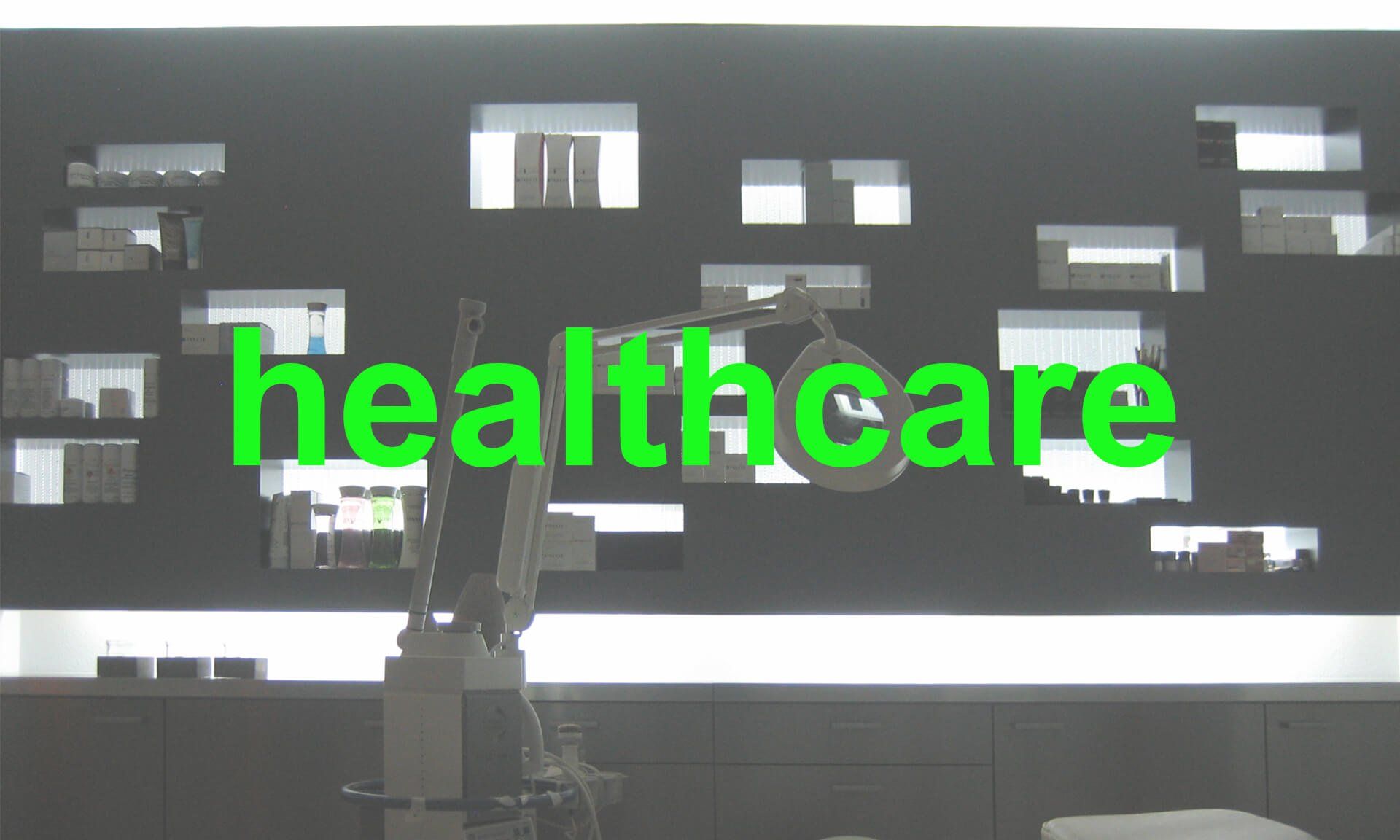
healthcare
Write your caption hereButton
religious
Write your caption hereButton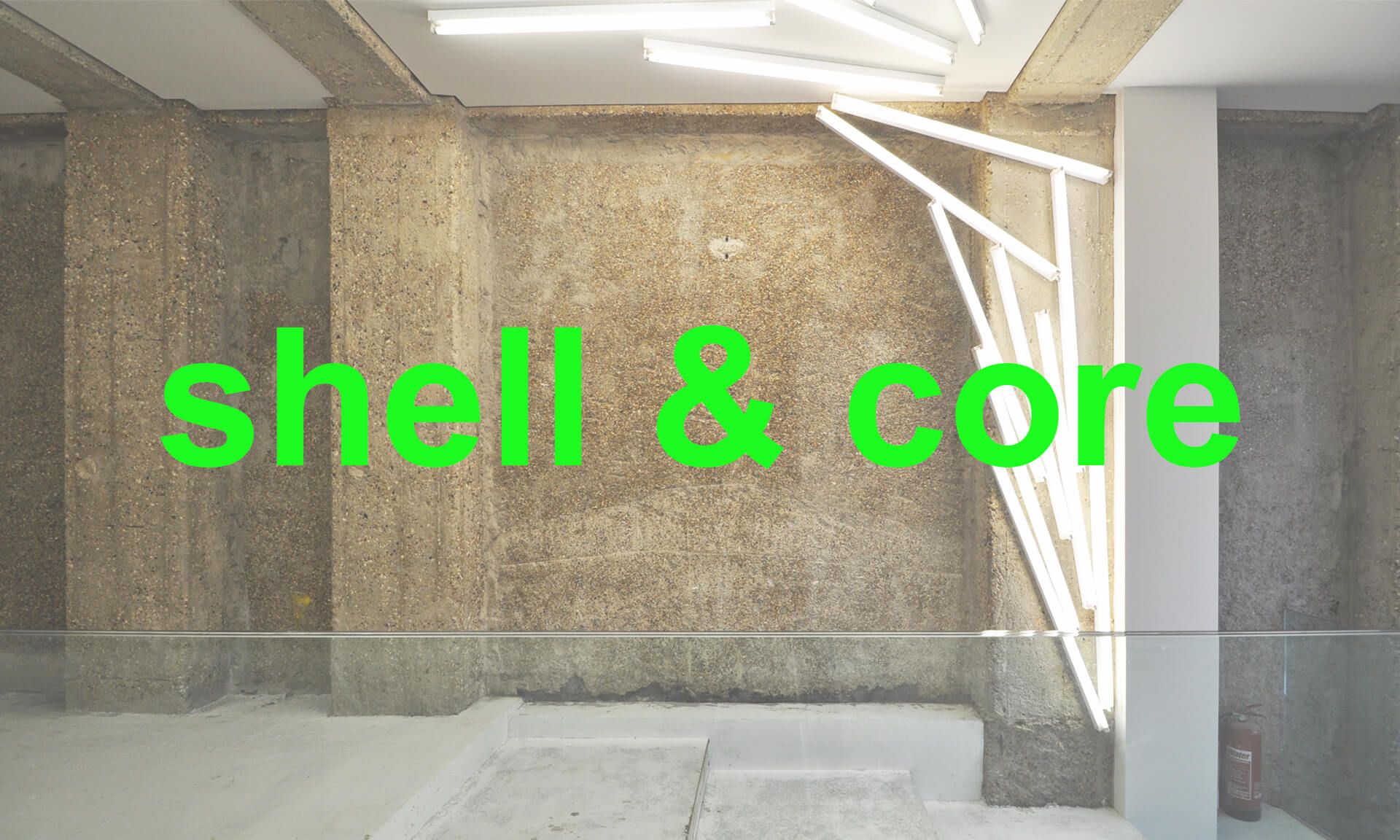
shell & core
Write your caption hereButton
graphics
Write your caption hereButton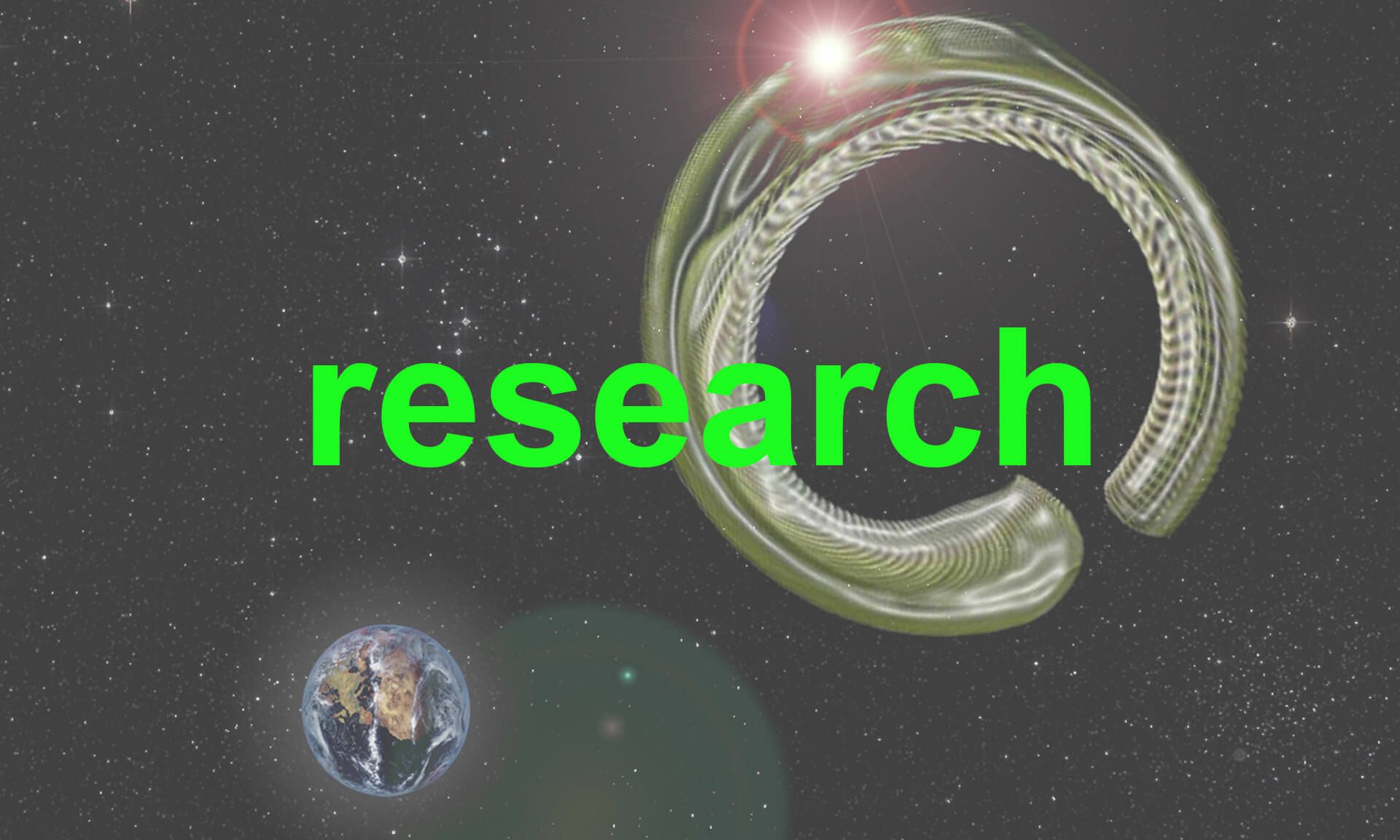
research
Write your caption hereButton
projects
Tate in Space
TATE in Space reviews initially the option of having the first gallery in space.
Topics like zero-gravity, the distance to and the view of the Earth and the overall special context are the key influences for the project. The industrial development of carbon nanotubes, which are 100 times stronger than steel, and the introduction of a so called "space elevator" allows to reach the gallery in a cheap and safe way.
A satellite is supposed to return a 20 tons carbon nanotube initial-cable back to earth to an ocean going platform near the climatic advantaged Galapagos Islands where it can be anchored. The satellite remains on the other end where it also works as a counter weight to keep the cable straight. Climbing robots strengthen the cable and after 5.3 years the capacity of the elevator has arrived at 1100 tons. Space transport in both directions of both, human beings and material, can be considered as safe for the first time and works on an almost energy neutral basis. The transportation costs of could therefore be reduced by up to 99%.
The advantages given it would not be for long before the first elevators could be used for untrained space tourists. Art in space would be lifted onto a new level. Zero-gravity would be an important influence on the works displayed and the way they are perceived.
The building is linked to the end of the elevator via a walk-through "tether-cable". The gallery itself is a transformable structure covered by a skin that is made up by multiple material layers to ensure elasticity, transparency, air-tightness, thermal insulation, UV-integrity and protection against mechanical influences and protons triggered by sun winds. Carbon nanotubes, spider web and a 500nm thin gold layer are some of the key materials of the build-up.
The form can be adjusted as required for exhibitions and specific constellations in space. It could easily be controlled via the internet and formed to a sculpture in itself within certain security parameters. The amorphous shapes in all three dimensions allow for a new sense of space. All infrastructures such as zero-gravity toilets, a space bar and a space souvenir shop are encapsulated within neutral looking flying spheres.
The images shown are stills from the film TATE in Space. The film is accombined by a book that explains the theory behind the proposal.
By Martin Gruenanger at the Institute of Contemporary Art at the Technical University of Graz, Austria, supported by Univ.-Prof. Dipl.Arch. ETH Urs Hirschberg.
Status: Completed.



